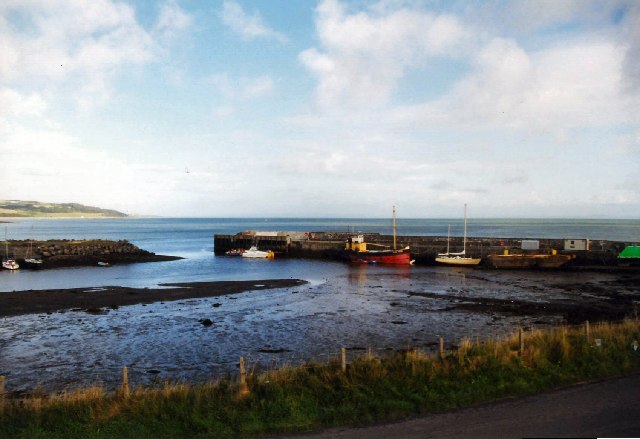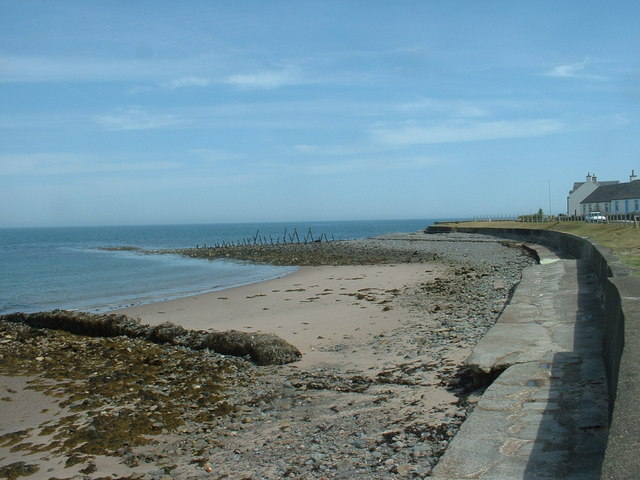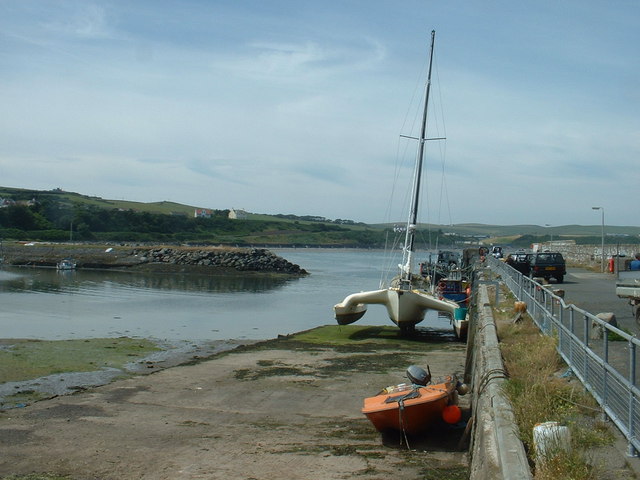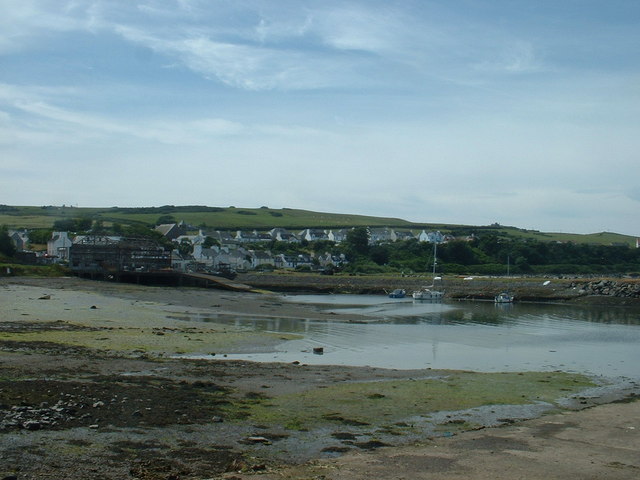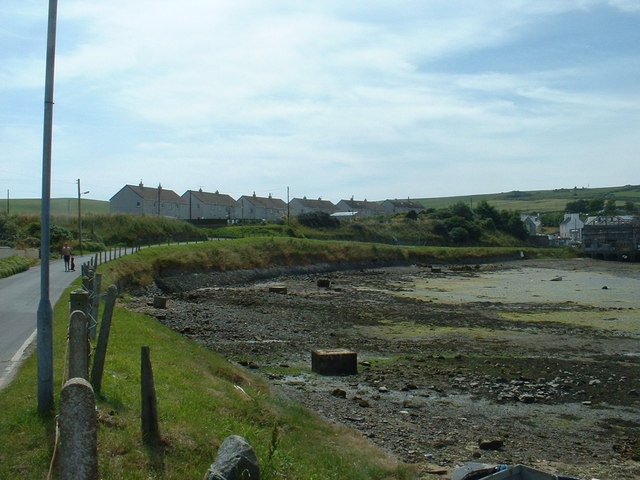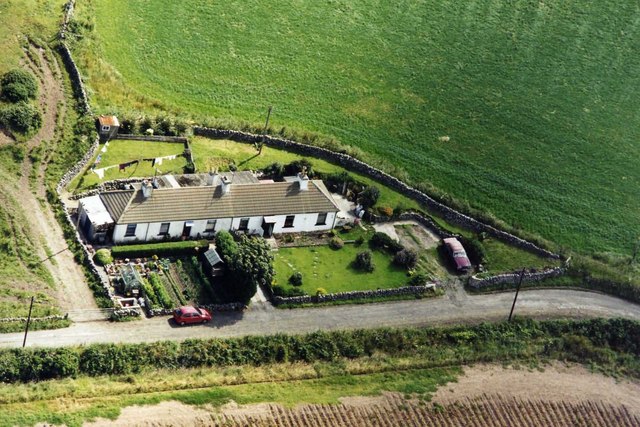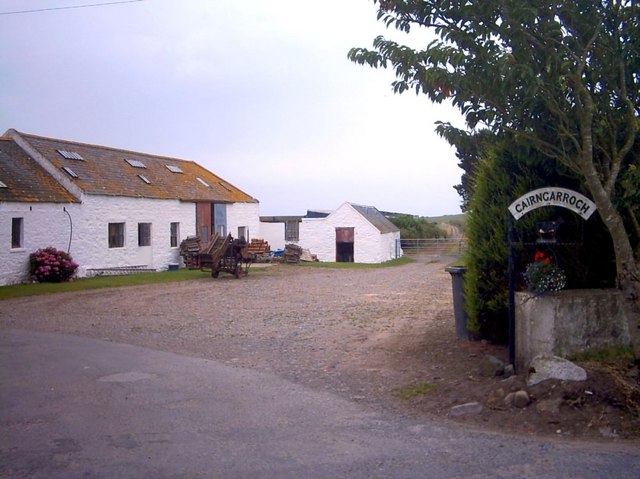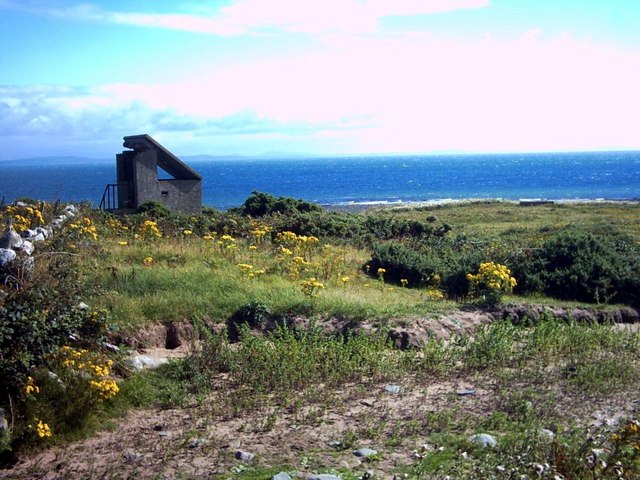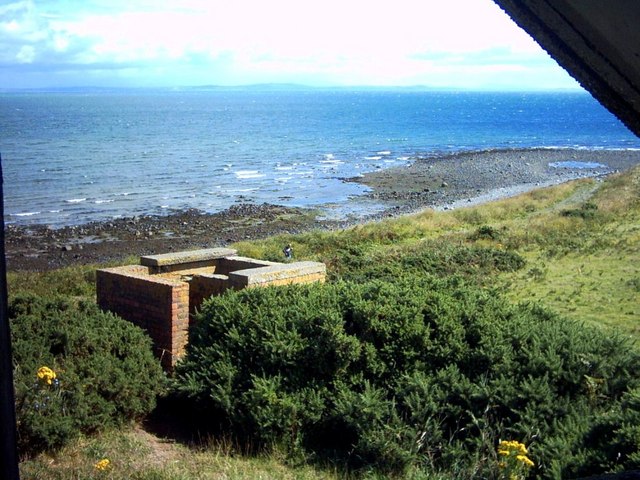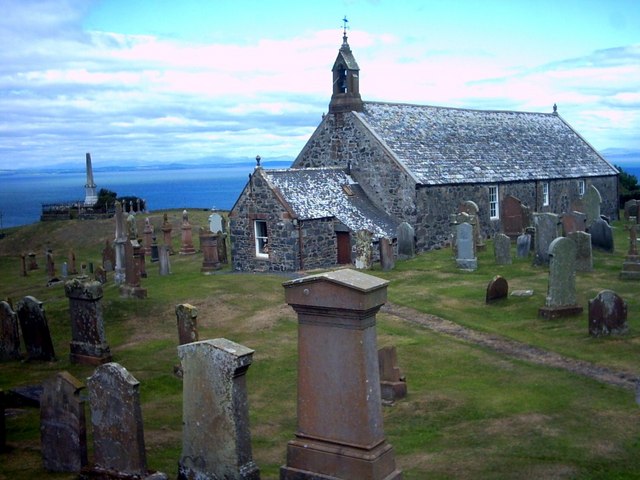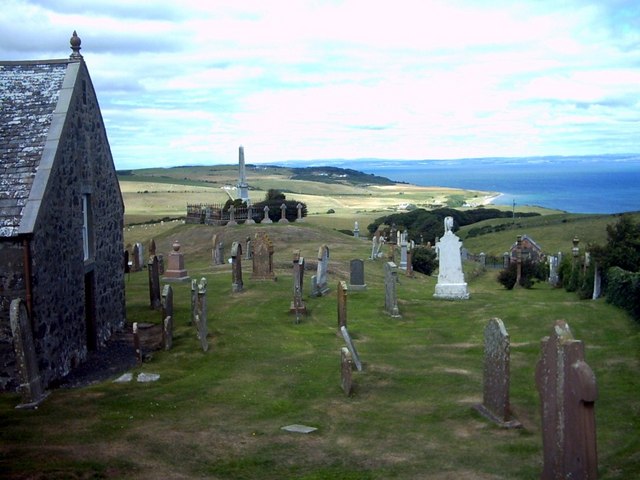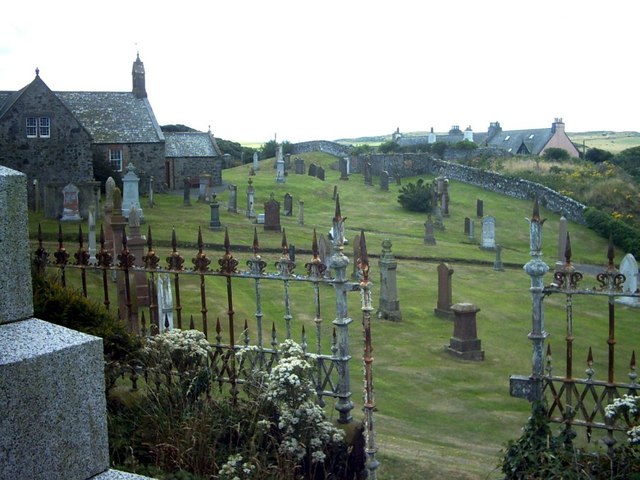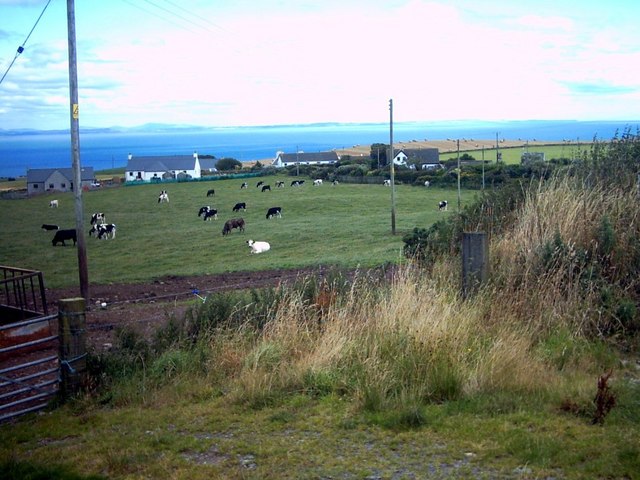Back Bore
Coastal Marsh, Saltings in Wigtownshire
Scotland
Back Bore
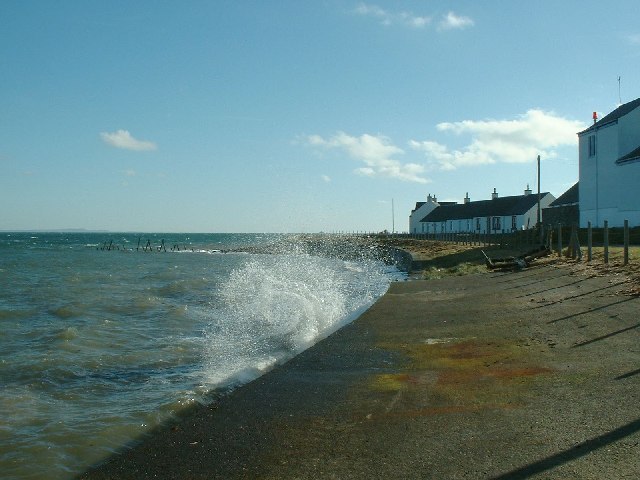
Back Bore is a coastal marsh located in Wigtownshire, Scotland. Situated on the southwestern coast of the country, it is known for its stunning views and diverse ecosystem. The marsh stretches over a vast area, encompassing both salt marshes and saltings.
The salt marshes of Back Bore are characterized by their unique vegetation, which thrives in the brackish water that occurs as a result of tidal influence. These plants, such as common saltmarsh grass and sea aster, play a crucial role in stabilizing the marsh and providing habitats for a variety of bird species. The area is a popular spot for birdwatching enthusiasts who flock to witness the impressive array of avian species that call Back Bore home, including wading birds like curlews and oystercatchers.
In addition to its ecological significance, Back Bore also boasts historical importance. The marsh has been inhabited by humans for centuries, and there are traces of ancient settlements and archaeological remains scattered throughout the area. This rich history adds another layer of fascination to Back Bore, enticing visitors to explore and learn more about the region's past.
Access to Back Bore is facilitated by well-maintained footpaths that wind through the marsh, allowing visitors to explore the area while minimizing disruption to the delicate ecosystem. The marsh offers a peaceful and serene environment, ideal for nature lovers seeking a tranquil escape. Back Bore's picturesque landscapes, diverse wildlife, and historical significance make it a must-visit destination for those looking to immerse themselves in the natural beauty of Scotland's southwestern coast.
If you have any feedback on the listing, please let us know in the comments section below.
Back Bore Images
Images are sourced within 2km of 54.691697/-4.8842378 or Grid Reference NX1436. Thanks to Geograph Open Source API. All images are credited.

Back Bore is located at Grid Ref: NX1436 (Lat: 54.691697, Lng: -4.8842378)
Unitary Authority: Dumfries and Galloway
Police Authority: Dumfries and Galloway
What 3 Words
///headset.monk.ratio. Near Drummore, Dumfries & Galloway
Nearby Locations
Related Wikis
Drummore
Drummore (drum-ORE; (from Gaelic An Druim Mòr meaning "the great ridge") is the southernmost village in Scotland, located at the southern end of the Rhins...
Kirkmaiden
Kirkmaiden is a parish in the Rhins of Galloway, the most southerly in Scotland; the present Church of Scotland parish has the same name as and is approximately...
Kirkmaiden (village)
Kirkmaiden (sometimes Maidenkirk; Scottish Gaelic: Cill M'Eudan) is a small settlement in Galloway, Scotland, located approximately 17 miles (27 km) south...
Cairngaan
Cairngaan, Wigtownshire, is the southmost settlement in Scotland. The hamlet of Cairngaan lies just north of the Mull of Galloway (which contains Scotland...
Port Logan
Port Logan, formerly Port Nessock, is a small village in the parish of Kirkmaiden in the Rhins of Galloway in Wigtownshire. The Gaelic name is Port Neasaig...
Mull of Galloway
The Mull of Galloway (Scottish Gaelic: Maol nan Gall, pronounced [mɯːlˠ̪ nəŋ ˈkaulˠ̪]; grid reference NX158303) is the southernmost point of Scotland....
Logan Botanic Garden
Logan Botanic Garden is a botanical garden near Port Logan on the Rhins of Galloway, at the south-western tip of Scotland. The Botanic Garden was established...
Ardwell
Ardwell (from Gaelic Àrd Bhaile meaning "high town", pronounced as "Ardwell") is a village in the Scottish unitary council area of Dumfries and Galloway...
Nearby Amenities
Located within 500m of 54.691697,-4.8842378Have you been to Back Bore?
Leave your review of Back Bore below (or comments, questions and feedback).
